Dr. Will Dabbs reviews the Shadow 100 Digital Night Vision Mini Viewer in today’s article. Affordable night vision gear the performs well can be tough to find. At only $150, the Shadow 100 from X-Vision Optics is certainly affordable, but how does it perform? The night vision unit was provided by the company for this review.
Decent night vision used to be terribly expensive. If you didn’t have an email address that ended in .gov, you likely wouldn’t be seeing in the dark. However, that world is changing rapidly.
A quarter century ago when I used to fly helicopters for Uncle Sam, our state-of-the-art night vision systems were already compact, rugged and effective. However, they also cost more than a decent car. Back then, nobody had cell phones, and computers sat on a desktop rather than rode about in your pocket. Much has happened since then.
Nowadays, personal electronics offer performance not even imagined a couple of decades ago. Now we all carry a microcomputer the size of our hand that shows us movies, answers any question in the known universe, and lets us talk to people in Norway. Thanks to an economy of scale, these extraordinary machines are also shockingly affordable. That same revolution has transformed digital night vision.
The Device
The Shadow 100 Digital Night Vision Mini-Viewer weighs less than half a pound, features a 2-8X digital zoom, and is powered by a built-in rechargeable 2600 MAH polymer battery. In addition to amplifying ambient light, this compact unit also transforms certain forms of infrared (IR) energy into visual representations on its compact screen.

The Shadow 100 offers a 52-foot field of view at 100 yards and claims a night viewing range of 325 yards. It offers 600 yards in daylight. The Shadow 100 is also capable of capturing still images or video on a micro-SD card.
The battery is expected to provide nine hours of operation in daylight and five after dark. The unit is water-resistant and offers seven different screen brightness levels. There’s a tripod mount should you grow weary of holding it. That the Shadow 100 Digital Night Vision Mini-Viewer will do all that stuff is pretty remarkable. However, the most extraordinary bit is that this handy little rascal will arrive at your door for $150. As of this writing, shipping is free.
Would You Want This?
I’m old enough to have grown up on comic books. These weren’t graphic novels destined to be made into big-screen blockbusters, mind you. These flimsy little booklets would set you back about a quarter and included the ongoing adventures of such favorites as Archie, Casper the Friendly Ghost, Superman and SGT Rock. The art was compelling, and the stories, for a prepubescent boy at least, were sublime. However, tucked away in the back were some of the most tantalizing consumer products.
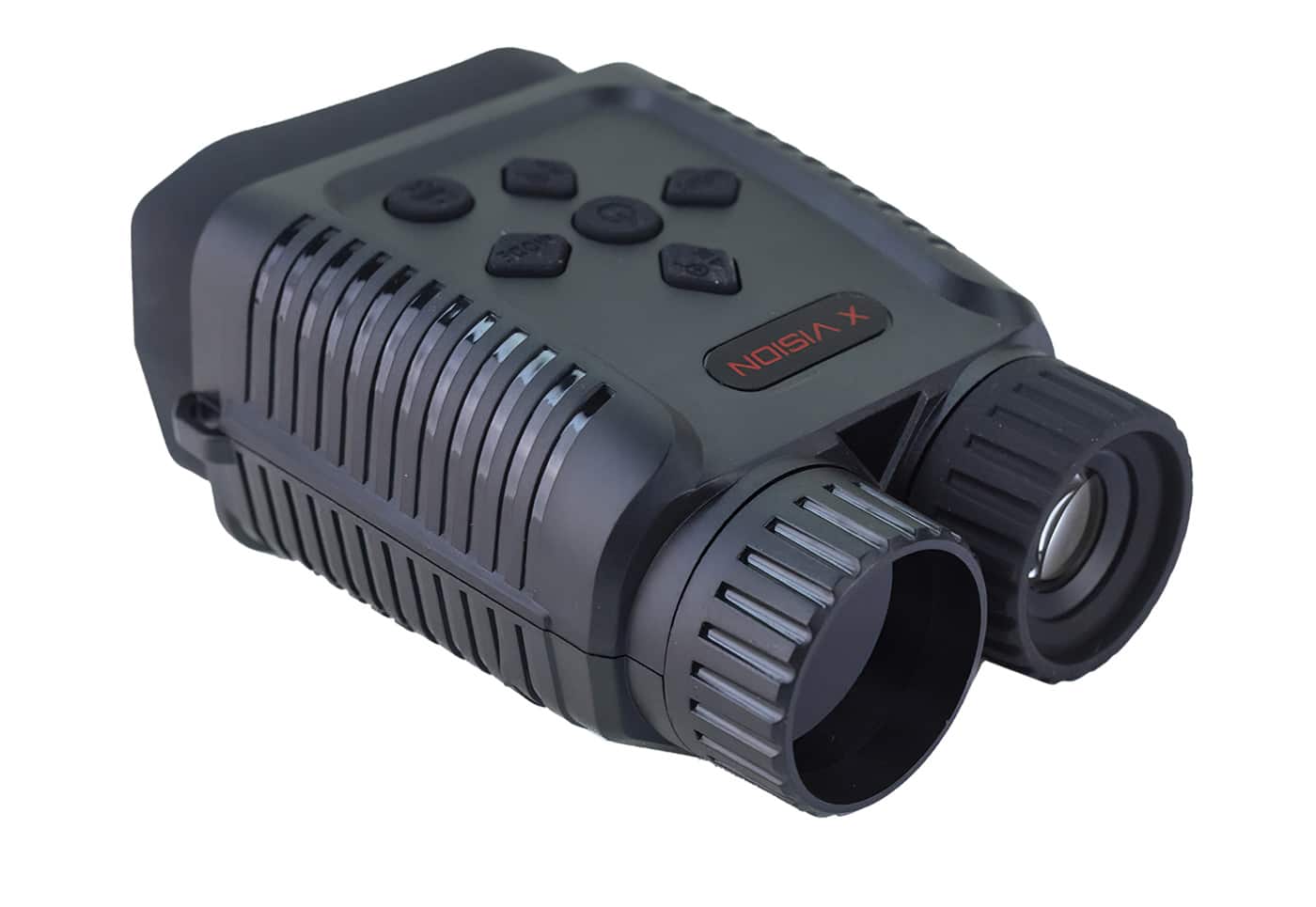
All of this stuff was directed toward young men. Nestled in between the multi-function spy tool and the DIY Sea Monkeys was always the X-ray Spex. These looked like regular glasses but, instead of lenses, they had two sandwiched opaque cardboard panels with bright red concentric circles printed on them. There was a small hole in the middle you could actually see through. In between the layers was typically a small scrap of feather. Peering through the vanes of the feather caused a weird diffraction effect that was speciously marketed as X-ray vision.
Apparently, the Consumer Protection Agency didn’t have jurisdiction over comic book ads back then. These X-ray Spex purported to let a kid see through stuff. Published examples included walls, curtains, or your hand.
In reality, it was all obviously just a gimmick. You can’t mail order a pair of glasses in the back of a comic book that will let you do this. However, the quest for a true approximation of X-ray vision is quite real. In the real world, a night vision imager is the next best thing.
A Wee Bit of Science…
Visible light is only a small portion of the overarching electromagnetic spectrum. While visible light can be divided up into red, orange, yellow, green, blue, indigo and violet, that range fades into infrared on the red end and ultraviolet on the other. Both IR and UV are invisible to the human eye. While your eye can only detect the visible bits, electronic sensors can see into many other portions of the spectrum. The Shadow 100 Digital Night Vision Mini-Viewer translates some of that otherwise-invisible stuff into an image you can perceive on the built-in display.
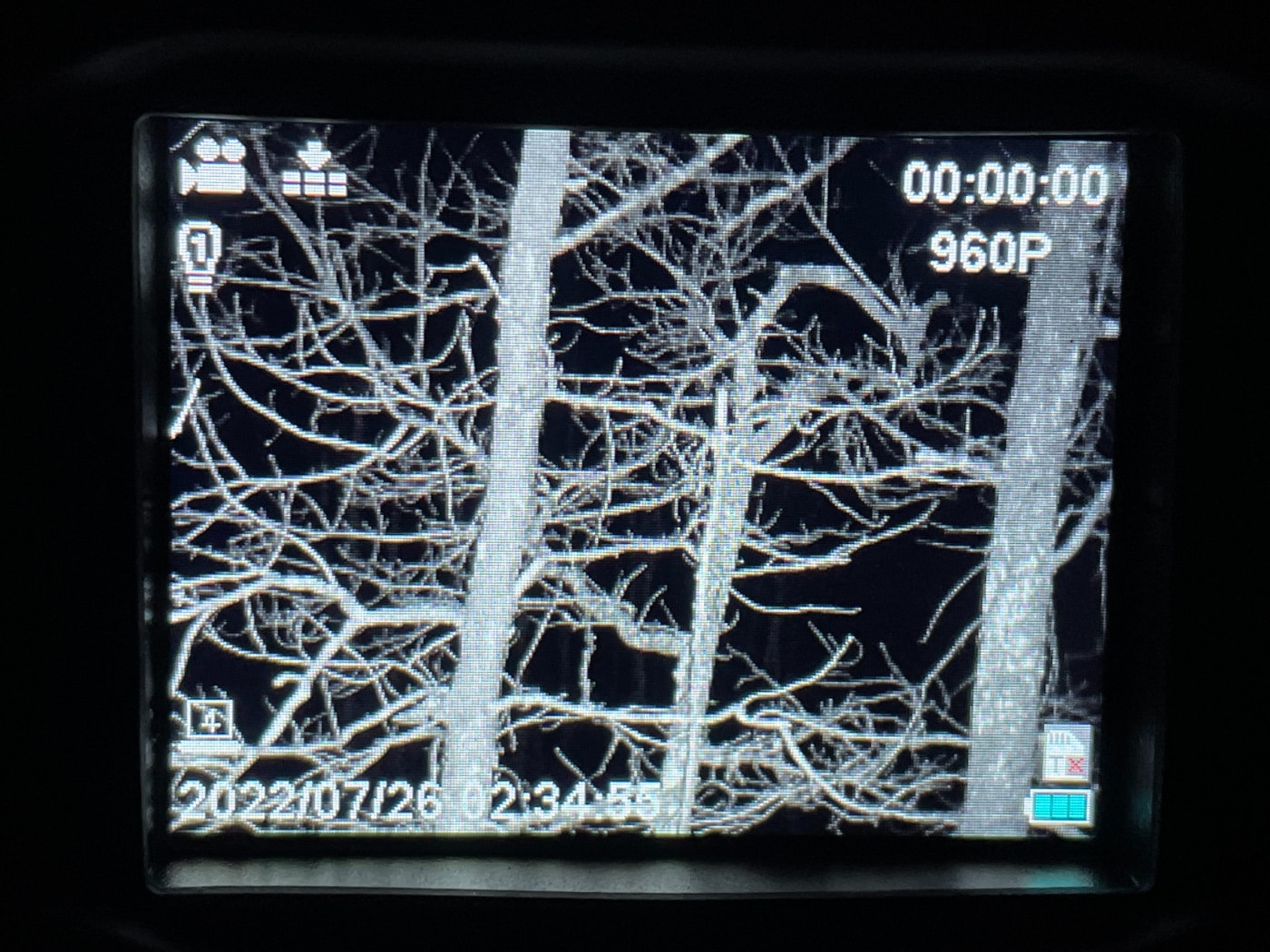
Various points along the electromagnetic spectrum are described by the wavelength and frequency of the associated energy. Red light has the longest wavelength and the shortest frequency. Violet light has the shortest wavelength and the highest frequency. Heat is also represented along certain portions of the spectrum in the infrared range.
A Little History
Historically speaking, night vision systems came in three broad flavors. Image intensifiers are passive sensors that capture trace ambient light and then amplify it into a visible image. These starlight scopes first found their legs during the Vietnam War. These days, we also use them to fly blacked-out combat aircraft at night.
Modern FLIR systems depict heat sources as visible images. FLIR stands for Forward-Looking Infra-Red. These systems were first mounted in the noses of gunship helicopters and could pick out hot engines or warm troops at great distances. By contrast, basic infrared imagers like the Shadow 100 use an IR source to artificially illuminate a target and depict the resulting image on a screen.
The Germans put these rudimentary night vision systems on their tanks at the very end of World War II. They also had a bulky IR night optic that would fit atop an StG44 rifle designated the Zielgerät 1229 or ZG 1229. They called this system the Vampir.
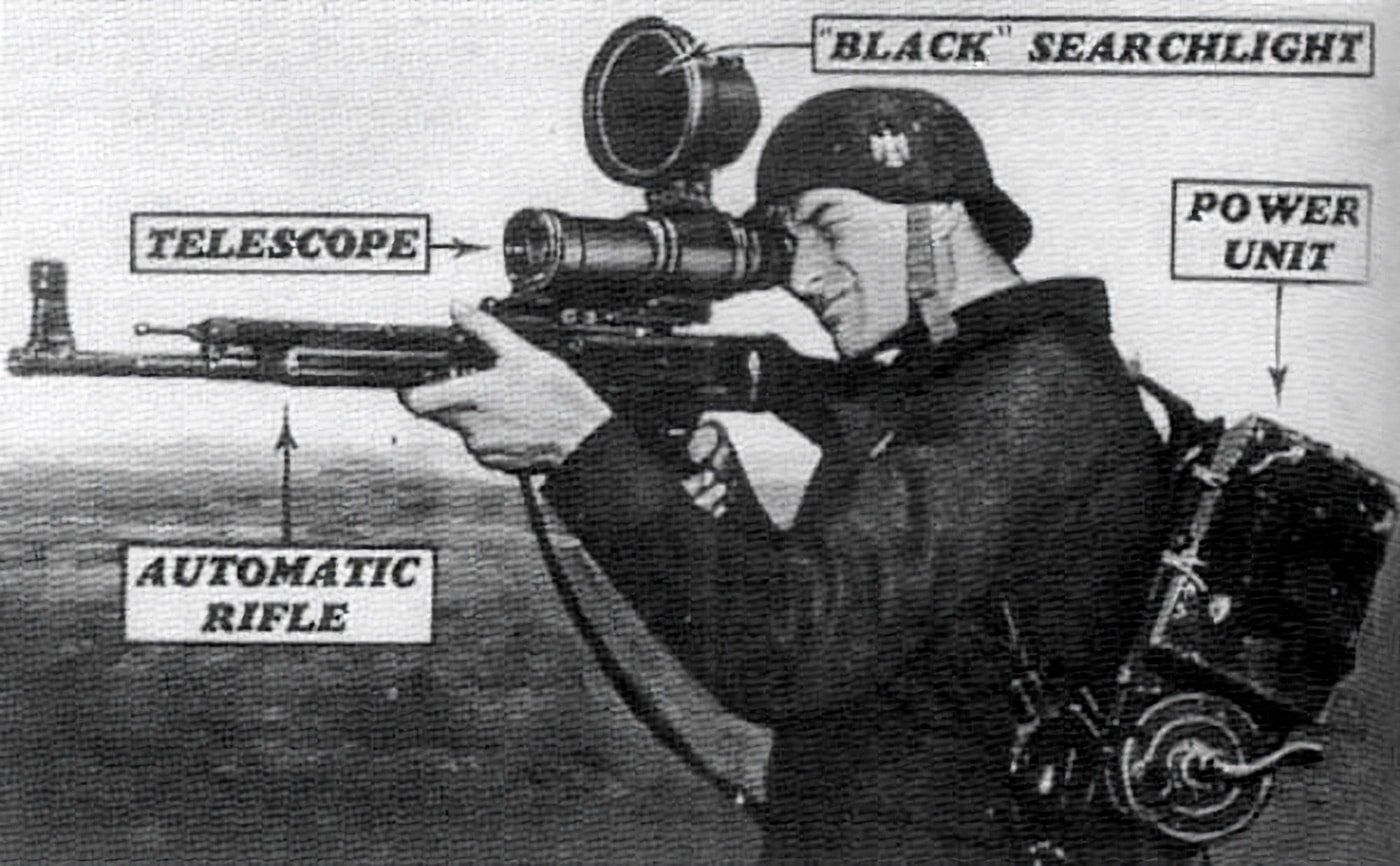
The American military fielded a unique version of the M1 Carbine designated the M3 equipped with a heavy scope and a separate IR illuminator. This device could pick out attacking troops in pitch black dark at relatively close ranges. Grunts of the day called the optic a “Snooper Scope.”
These systems were used in action during the invasion of Okinawa. Both the Vampir and the M3 included an otherwise-invisible IR light that illuminated the target on an associated imager. The Shadow 100 Digital Night Vision Mini-Viewer uses similar technology, only miniaturized and streamlined to make it more compact and affordable.
What Does It Do, Exactly?
This little night optic is indeed pretty neat, but it still only costs $150. The ANVIS-6 night vision goggles I used to fly Army helicopters nap of the earth at night back in the day were admittedly more effective. However, they were orders of magnitude more expensive as well.
This is not a thermal imager in the traditional sense. You cannot point it at somebody hiding in the bushes and have their heat signature jump out. The Shadow 100 includes both an IR emitter and a corresponding detection lens. It produces infrared energy that bounces back to create a visible image on the screen. The IR lamp actually produces a soft red glow that is visible on the receiving end. In practical use, the Shadow 100 works much as might an invisible flashlight.
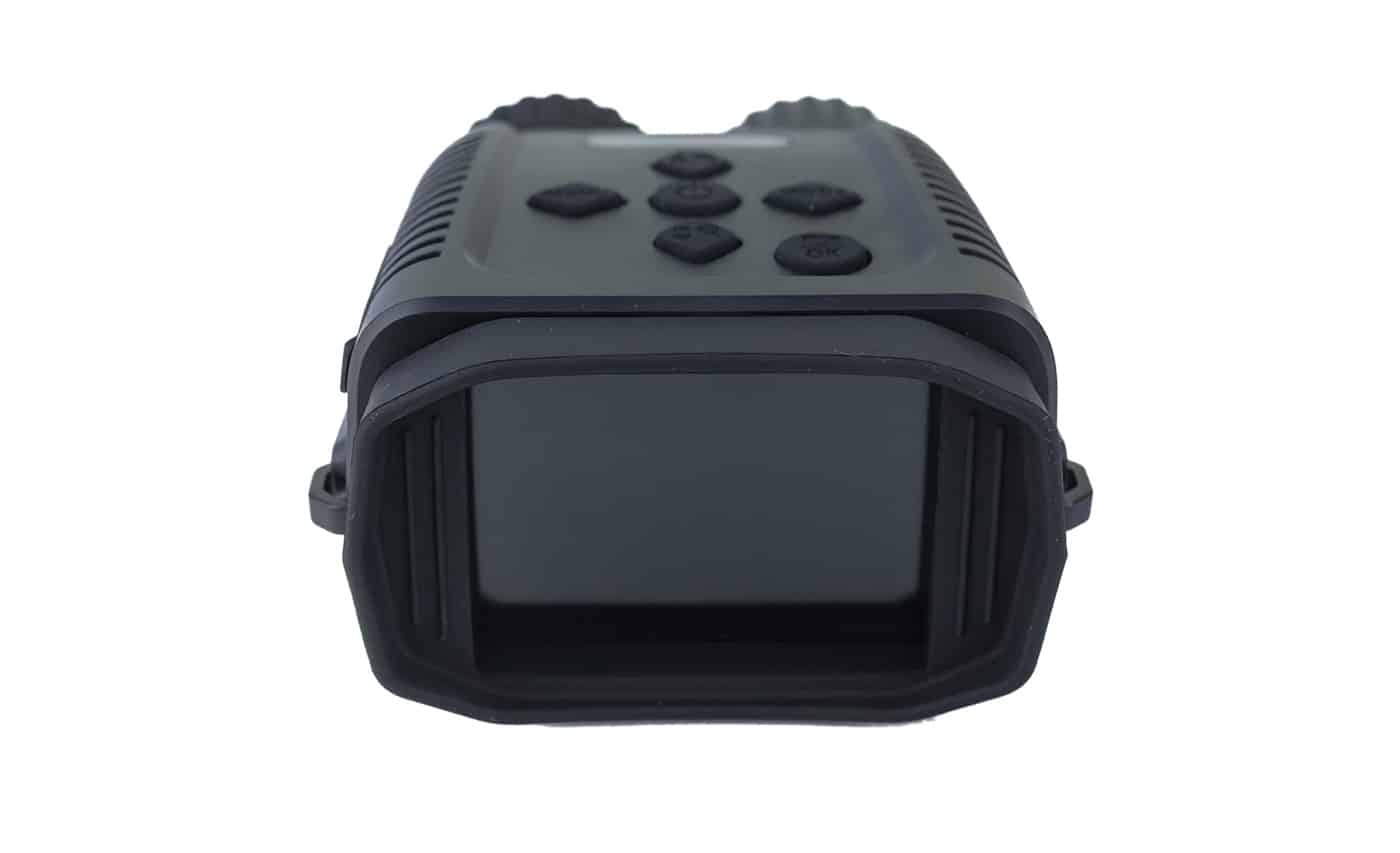
Imagine that you are roused out of bed in the middle of the night by a ruckus in the front yard. Groggy and confused, you stumble to the door, hit the outside light, and step out to see what is amiss. Congratulations, your eyeball-based night vision is trashed, and you cannot see much beyond your front porch. However, you have just done a splendid job of illuminating yourself to a potential assailant. Visible light, in this case, is not your pal.
In the same scenario, if you have a Shadow 100 mini viewer, then you can leave the lights off, quietly slip outside in the dark, and then stealthily scan the yard. Anyone skulking about in the dark becomes visible as though you hit them with a flashlight, except that you are only producing a minimally visible signature. The practical applications are limited solely by your imagination.
Practical Tactical
Have reasonable expectations. This isn’t aviation-grade tech. It cost markedly less than a case of 9mm ammo. However, it does do exactly what it claims to do. Whether you’re scouting out a new area for a future hunt or keeping your family safe at the times when most criminals ply their trade, the Shadow 100 Digital Night Vision Mini-Viewer really is a bit like having X-ray vision that cuts through the darkness.
Set-up is straight-forward, and the controls are intuitive. Whether your mission is surveillance or perimeter security, the Shadow 100 Digital Night Vision Mini-Viewer will significantly enhance your situational awareness at a very reasonable price. The field of view is a bit constricted, and it has a finite range. However, the display is sufficiently clear that I could wander about my yard in the dark without tripping over stuff. The Shadow 100 viewer is also sufficiently lightweight as to hang comfortably around your neck on the included strap. The viewer doesn’t have a sealed rubber eyepiece on the near end, however. That means the digital display produces a fairly bright visible light directed back at the operator while in use.
The digital technology imbedded in this inexpensive thing would have been unimaginable a generation ago. Additionally, $150 isn’t quite the suffocating burden it once was. Nowadays that’s dinner and a movie at a cheap restaurant for your wife and kids if they bring along buddies.
The Shadow 100 Digital Night Vision Mini-Viewer is a nifty entry-level piece of night vision kit. The $150 price makes it a good bargain given its impressive capabilities. You won’t use it to fly a helicopter after dark, and Delta Force won’t be trading in their state-of-the-art Night Observation Devices for Shadow 100’s any time soon. However, the Shadow 100 Digital Night Vision Mini-Viewer is sleek, slick, tough, and surprisingly capable. It definitely hits above its weight.
Editor’s Note: Please be sure to check out The Armory Life Forum, where you can comment about our daily articles, as well as just talk guns and gear. Click the “Go To Forum Thread” link below to jump in!
Read the full article here

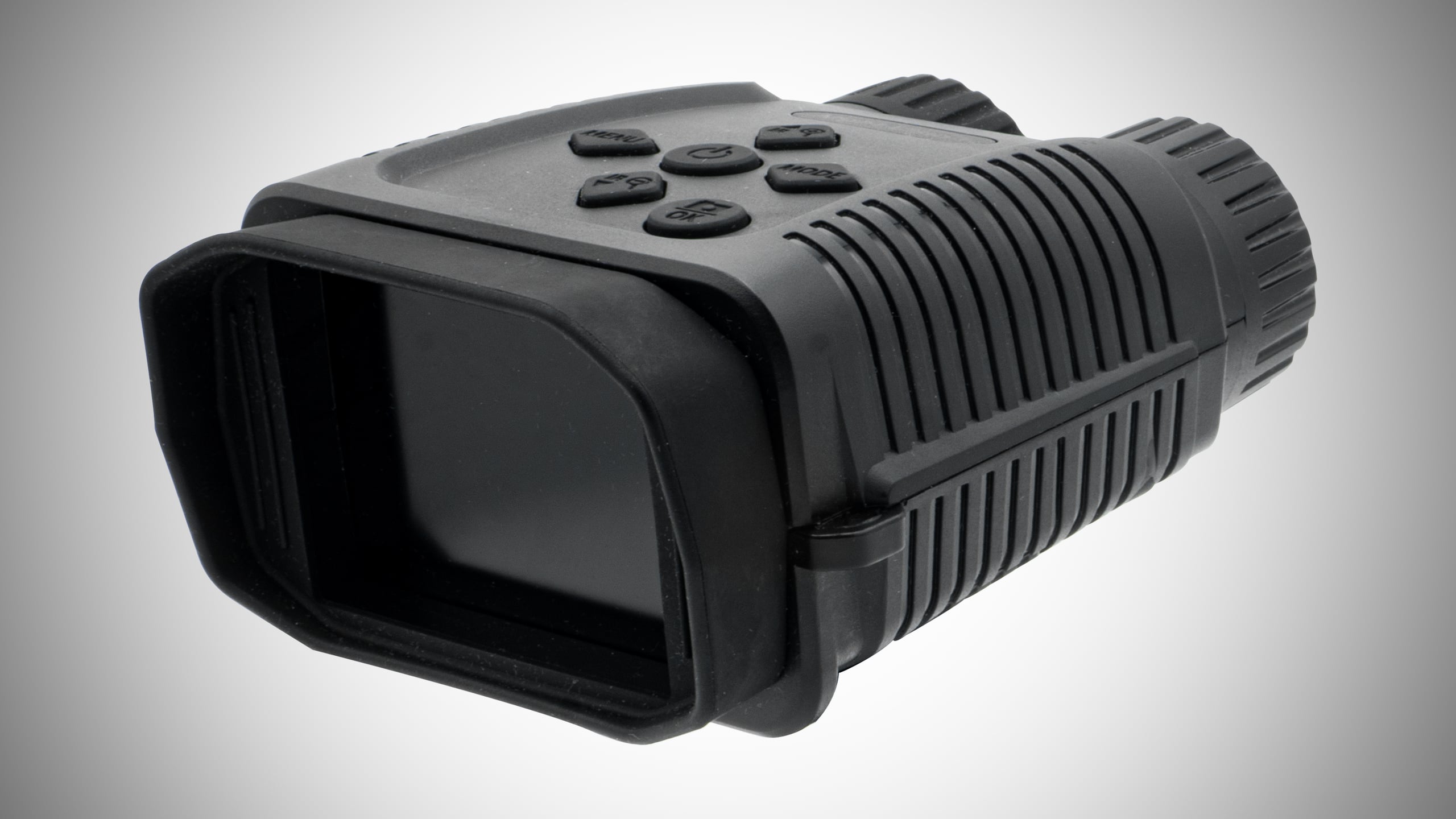



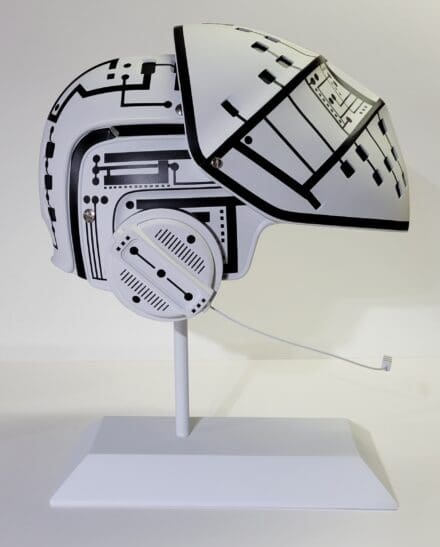
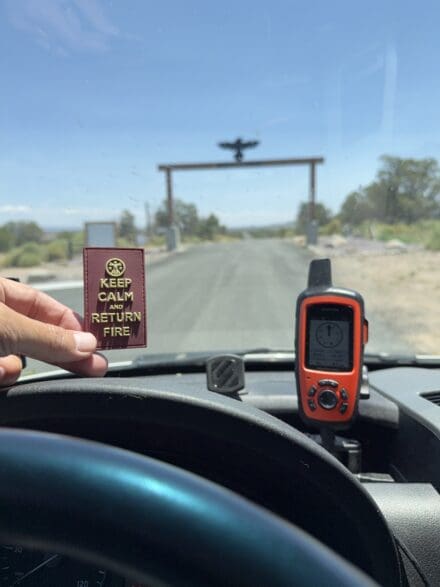

Leave a Reply